Highland Park Dark Origins. A Melancholy Review.
let’s begin
A couple of years back, before I decided that what the internet really needed was another whisky blogger throwing their tuppenceworth into the digital ether, I would have had a very quick answer to “what’s your favourite distillery?” Highland Park.
When I first got into whisky, or at least was finally able to legally buy it, Highland Park, along with Aberlour A’Bunadh, was the pour that took me from “gosh, whisky lights you up nice and quickly” to “gosh, there’s really something special here.” Something about it was different to any other malt that crossed my palate; a floral, heathery note; a softer style of peat; a unique marriage and balance of elements and flavours.
I remember first picking up the 12 year old two weeks into my Fresher’s year at University. I remember my first taste of the 18 – less than £50 a throw in those days – as a friend opened his bottle and three of us polished off half of it as we thrashed out plans for an Edinburgh Fringe show. I believed back then that, given the right vatting, Highland Park could bottle the best whisky in the world. For what it’s worth – and this is entirely subjective of course – I still do.
However, there is a caveat. And it is a big one.
Highland Park is owned by the Edrington Group, whose other properties include The Macallan. And of all the big companies owning multiple distilleries these days, Edrington are the most enthusiastic when it comes to bottling a No-Age-Statement whisky with an exciting name and an ambitious price tag. And whilst I don’t have an inherent problem with NAS, I do have a problem when they are priced more highly than the age-dated expression they replace whilst offering no justification for the hike.
What’s more, age statements from Highland Park (and Macallan for that matter) have become ever more ‘aspirational’. (That’s the diplomatic word for it.) Whilst the 12 year old Highland Park remains one of single malt’s smartest buys, the 18 now tips the scales at effectively £100 a pop. The much-loved 15 re-appeared last year, and the Whisky Exchange has it at a cool £80.
And then there’s the war band of menacing sounding Nordic bottles, who embrace Orkney’s Viking heritage by turning up uninvited, pillaging your bank account and leaving you rather confused, scared and battle-weary. Take ‘Thorfinn’ for example. There’s probably a great deal of long-aged malt involved, and it’s probably delicious, but you’ll pay £1300 to find out. I haven’t read Orkneyingasaga in a while, but I can’t help wondering whether Thorfinn’s full name was Thorfinn Wellifdalmoreareallowedtodoitsson…
All of which is a rather long preamble to Dark Origins.
Dark Origins replaced the 15 year old a few years back. It was designed to celebrate founder Magnus Eunson, who moonlighted as a smuggler (but it’s ok because he was one of the nice ones and he probably didn’t murder anyone and the establishment were all meanies anyway…) The emphasis here is on ‘Dark’; a matte black bottle conceals liquid which has been housed in ‘twice as many first fill casks as the regular Highland Park.’
The darkness concept is further embraced by concealing the age (we are assured it is in its teens, but if that’s the case why not say so?) as well as whether or not it has been chill-filtered or coloured. Back in the day Highland Park steered clear of both practices. These days I’d be a smidge more reassured if the label was a little more talkative.
In any case, the primary sticking point where most drinkers were concerned is the price. At £65 it’s twice the cost of the 12 year old, and I’m not sure I’m that desperate to celebrate Magnus Eunson. I tasted it once or twice in the middle of festivals, and stood myself a glass at a bar in Bristol once, but I hadn’t made any notes, and wasn’t in a desperate hurry to.
And then last weekend I came across it on a clearance deal at £46.
I still wasn’t sure. After pinging a photo online, a few people whose palates I trust completely were quick to be somewhat sniffy about it. I hadn’t budgeted for another bottle this month, and I was only in the supermarket because I had half an hour to kill whilst I waited for a friend, and had nothing better to do.
But most of the negativity I encountered was to do with principle, rather than taste. And I still love Highland Park, and it’s so rare to find bottles under £50. So one thing led to another, and that evening there was a sample in my glass and a new name in my notebook.
Highland Park Dark Origins – That’s quite some sherry. Dark chocolate and raisins on the one hand; slightly funky rubber, meat and struck match on the other. Possibly too heavy-handed on the sherry actually, as the distillery character feels a little squashed. There’s a trace of heather and pine in the background squealing ‘I’m still Highland Park, honest,’ but it is doing so through a mouthful of chunky Oloroso. Overall a medium aroma intensity.
More initial chocolate on the palate. Dried sherry fruit (raisins, dates, splash of orange) then bellows through with a touch of floral honey clinging to its coat-tails. After which a rather dry, ashy peat with more than a whiff of sulphur takes over, though smears of sticky raisin cling stubbornly to the inside of your cheeks. 46.8% ABV
Highland Park Dark Origins isn’t a bad whisky. Drinking it won’t kill you; there are plenty of nice flavours, and if you’re a sherry-head it’ll appeal especially. (Though watch out for that sulphur.) I had a second glass later that evening anyway, so I’m hardly going to come out with ‘avoid at all costs’.
The thing is, the extra first-fill sherry casks really have sat on the distillery’s character. These days I find myself more and more in agreement with the excellent Angus MacRaild, who bemoans fixation on wood, and advocates refill casks that showcase more of what the spirit has to say. Highland Park has one of the most unique and distinctive characters in the business, and here it felt muted.
At £46 I don’t feel mugged. I do feel that I’d have a large number of better options elsewhere for the same price though – and at £65 I wouldn’t give it a second look.
I’ll enjoy the rest of my bottle. My friends and family will enjoy it, should I deign to give them a taste. But I can’t help but think that I’ll look at it with wistful recollections of my first encounter with the 12 year old – still baggable for £25 from the right places. I can’t help but think that I’ll look back to that bottle of 18 year old, that my friend spent about the same money on as I dropped last weekend for the Dark Origins. And I know it’ll make me wish – as I have wished so many times – that I’d picked up a bottle of 18 year old myself (not that I could afford it back then, even at £50.)
So Highland Park Dark Origins makes me a little sad. Because I don’t really like looking back and focussing on the negatives, but when it comes to Highland Park, I struggle. Because once upon a time this really was my favourite distillery in the world. And because I really do believe that their best single malt whisky is as stunning as anything bottled anywhere. But the times they have a-changed at Highland Park. And, where the average consumer is concerned, not for the better.
(Somewhat mutedly:) Cheers!
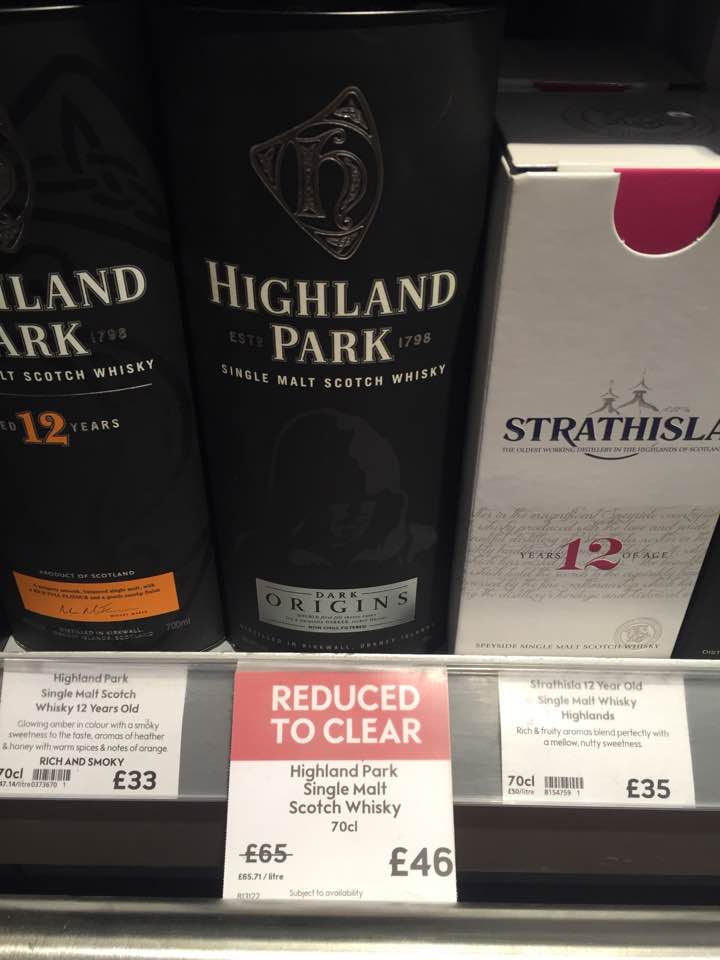
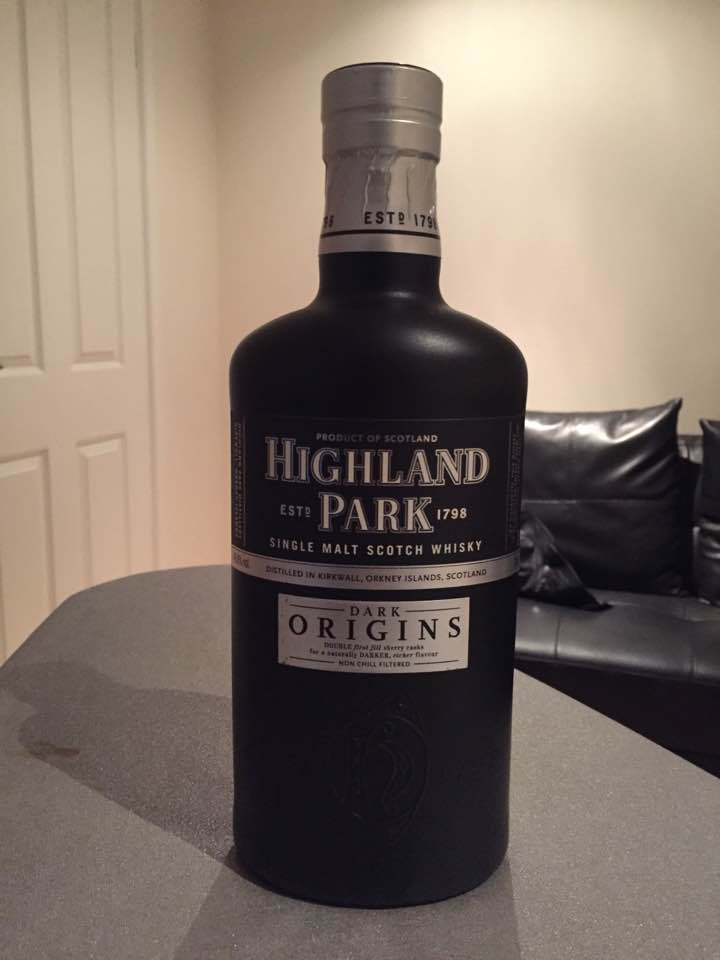
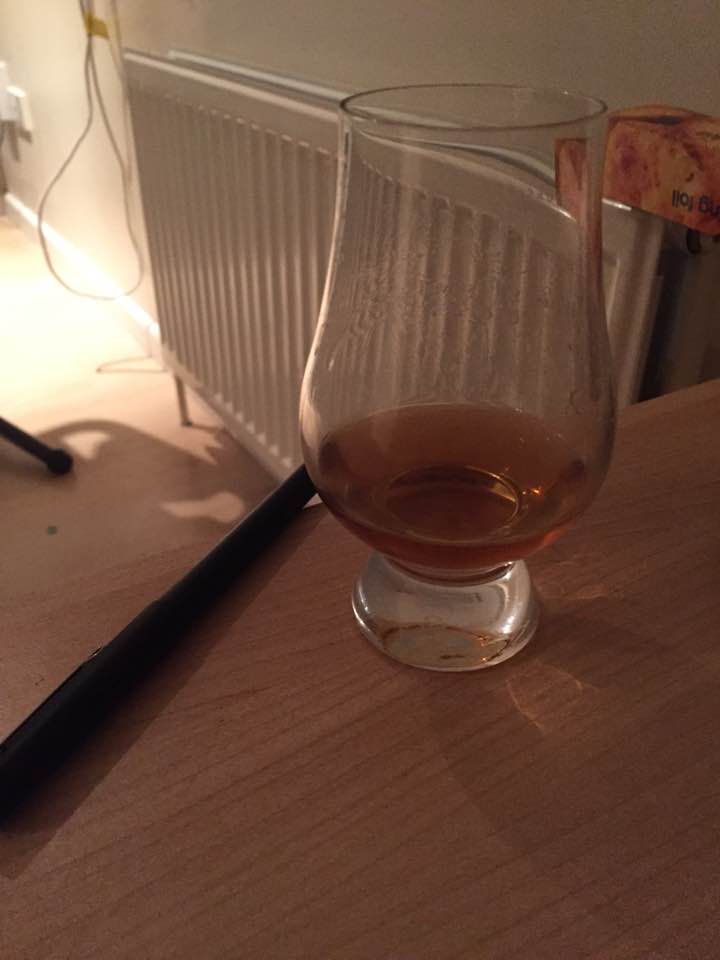
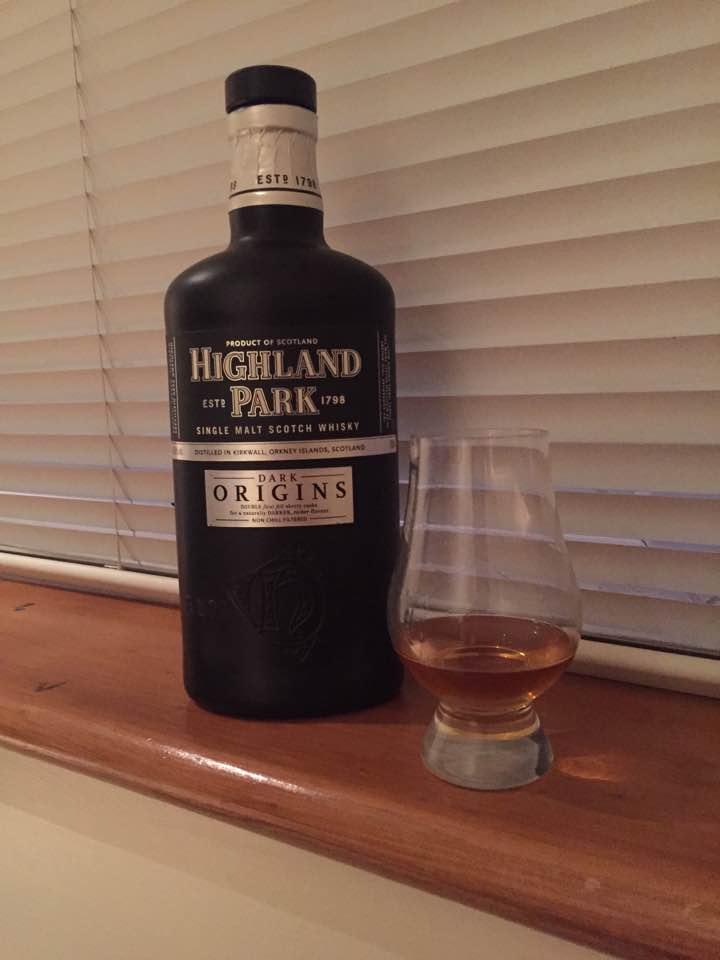



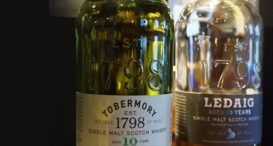

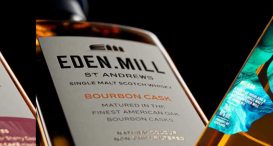









6 thoughts on “Highland Park Dark Origins. A Melancholy Review.”
You’ve pegged my issues with most NAS releases – the lack of justifiable information. Too many times, it comes across as nothing more than a money grab, especially when these “special release” bottles are triple (or more) the cost of an age-stated entry bottle. Glenmo/Ardbeg are maybe the worst culprits.
Certainly can be vexing. It’s by no means true of all NAS – there are some absolute crackers at really excellent value. But there’s definitely more that could be done to inform drinkers about bottle contents – whether a whisky is age dated or not. Thanks for reading! Adam
The problem is, the quality of the “absolute crackers” has nothing to do with the fact that their age is hidden by NAS. Would quality “justify” removing ABV information as well? How about casking or distillery information? To really “believe” in NAS, one has to believe that a whisky somehow isn’t the sum of its parts – that it isn’t the whisky it is because of the ABV, casking and age decisions made in its creation; that age really “doesn’t matter to whisky”. But age does matter to whisky; it’s exactly what all the warehouses are about, and that isn’t nullified by a convenient industry labeling choice to premiumize young product.
The problem is, the “absolute crackers” aren’t so for having their age concealed via NAS. Would quality “justify” removing ABV information? How about casking and distillery information? To believe in NAS, one really has to believe that a whisky isn’t the sum of its parts – the result of the casking, ABV AND age decisions which make it the whisky it is. One really has to believe that “age doesn’t matter to whisky” – except that age DOES matter to whisky; it’s what all the warehouses are about, and physics don’t change as the result of an industry labeling decision to help premiumize young product by simply not talking about physics.
Very valid points Jeff. And I agree – there’s a lot of extra information, not only age, that would be great to see on the label. If anything, the more I like a whisky, the more I want to know about it!
I suspect there’s a nervousness in the industry of putting an age younger than 10 on the label. I don’t have any of the answers, obviously, or I’d be immensely rich, but I suspect that wider consumer education is part of the answer. (i.e. that the inclusion of some young malt doesn’t make a product bad. There’s 5 year old stuff in A’Bunadh, for example.) Their old party line of age being the be-all-and-end-all has certainly bitten the industry now demand is so far ahead of supply. It wasn’t true then, and it still isn’t, but it’ll be interesting to see what happens when the aged stocks have replenished!
In the meantime it’s important that products be fairly, honestly and properly scrutinised to see whether they stand up to their price tag, and to communicate any information possible.
Cheers!
Oh, I completely understand the industry’s problems and concerns; what I understand most clearly about them, however, is that they have very little to do with mine – I don’t run a distillery and could care less if anyone’s sales are enhanced by a brand ambassador preaching the utter nonsense of “age matters here, but not there, depending on how this will sell”. If consumer education needs to be augmented, that’s EXACTLY where it should start: realization that the industry’s problems (and resulting perspectives) AREN’T the same as those of consumers. Furthermore, simply “understanding” the industry and its problems doesn’t make its nonsense any more rationally palatable.
“The inclusion of some young malt doesn’t make a product bad” and “it’s important that products be fairly, honestly and properly scrutinised to see whether they stand up to their price tag” are both true enough, but the industry currently stands AGAINST reforming labeling laws that would allow component age disclosure as well as the improved honesty and scrutiny that such reform would make possible – and, quite arguably, stands against anything that could be described as “consumer education” while it says something that is so patently bullshit as cask physics can be suspended by a labeling choice made as a result of “running out of numbers” (yes, “Dr.” Nick Morgan believes the “supply” of numbers is dangerously low). Meanwhile, some of the most respected names in whisky either take the Fifth on the issue of NAS or actively defend it but, as Dom Roskrow once said, what professional whisky writers do isn’t journalism, it’s marketing – so much for the practical value of “expertise”.
We won’t get honest products until we get honest dialogue, and we won’t get honest dialogue until people start actively declaring the current dialogue to be predominantly (and demonstrably) dishonest.
Cheers (and sorry for the double posting)!